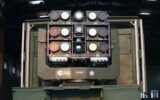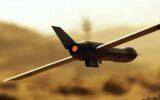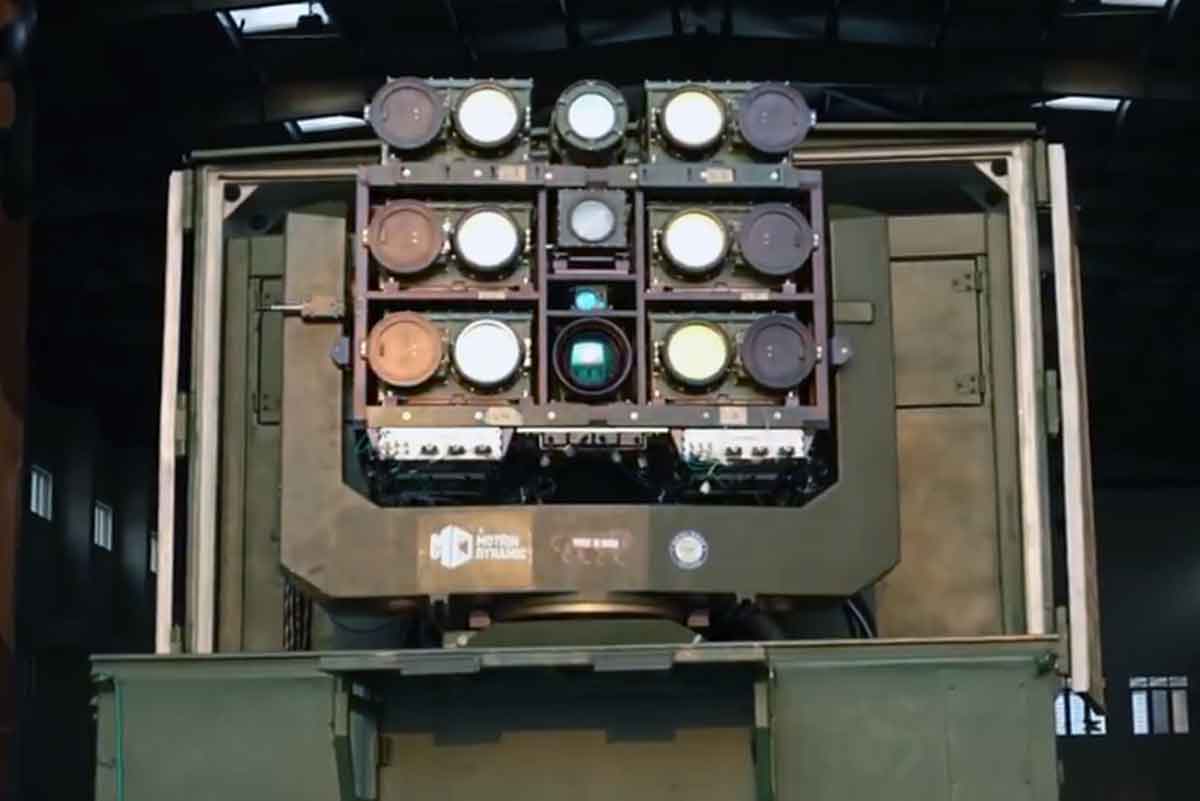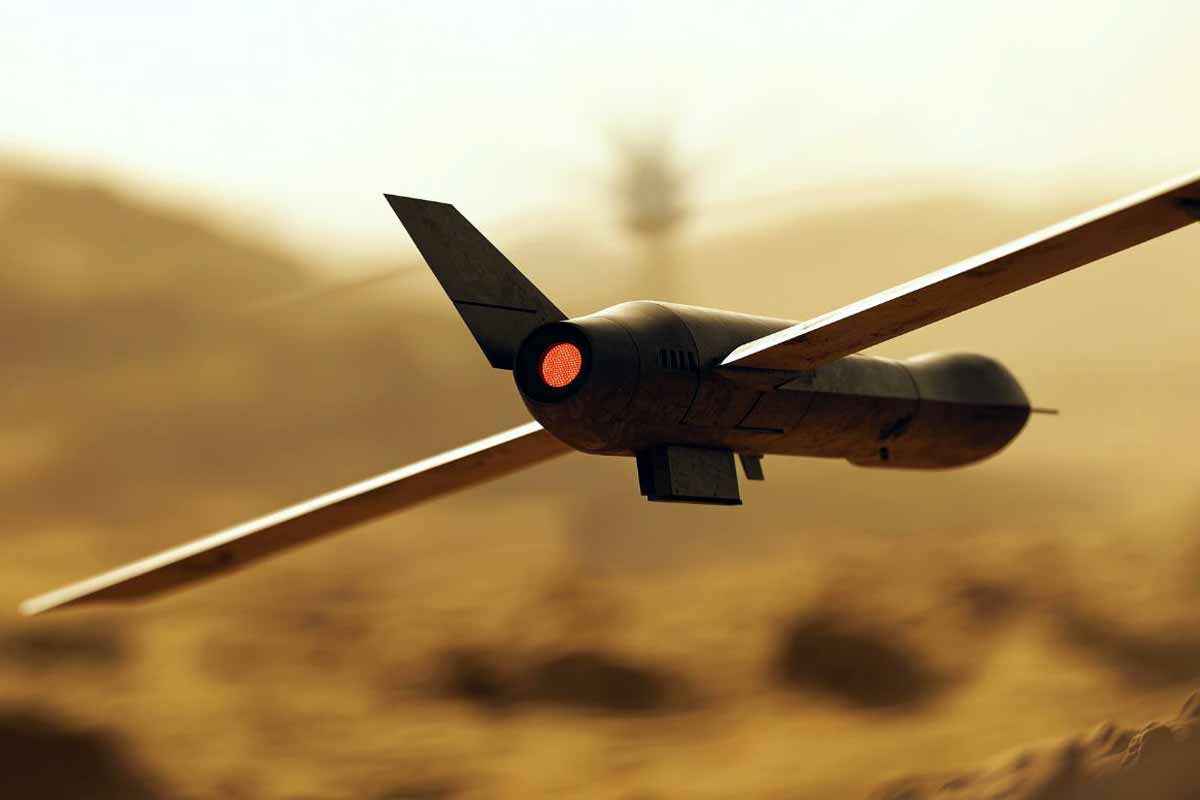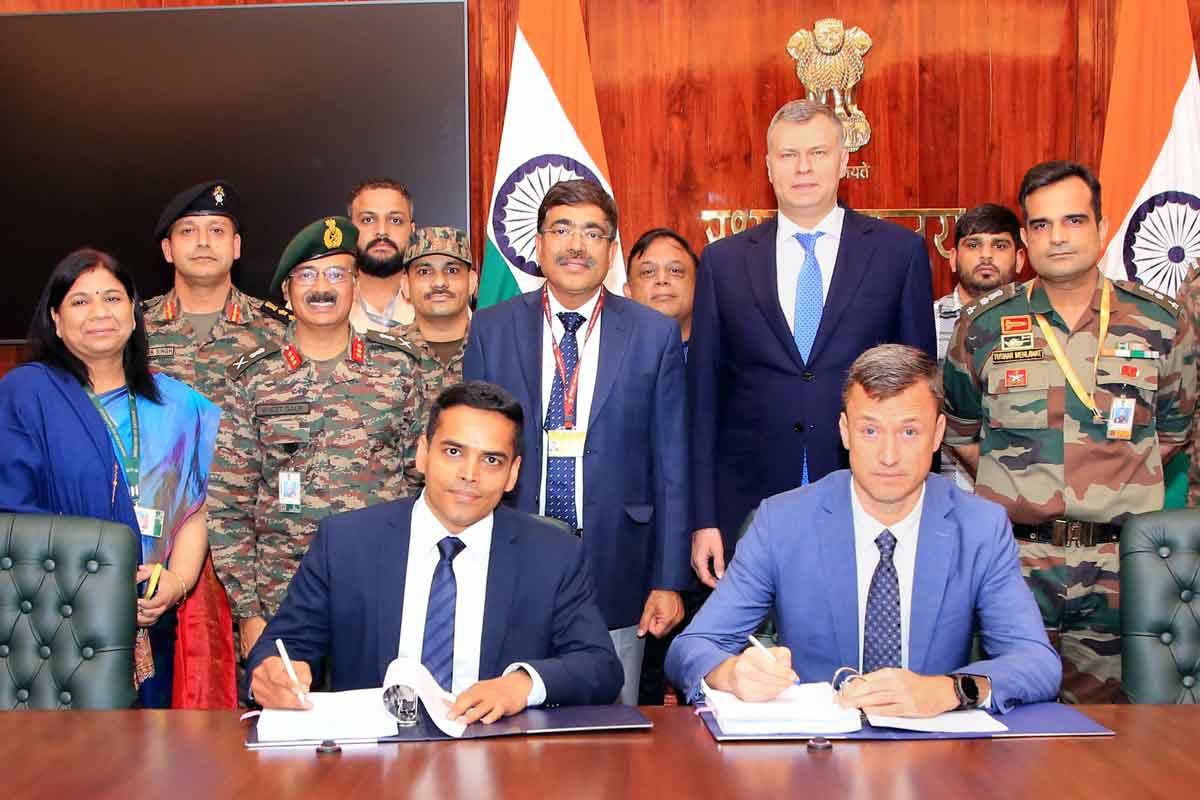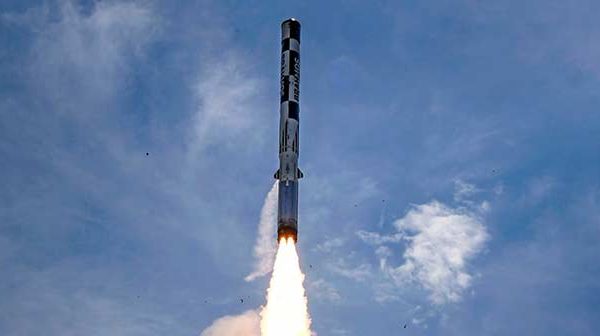IIT Jodhpur’s drone for air, water and land use: Researchers at the Indian Institute of Technology (IIT) Jodhpur have unveiled a groundbreaking innovation – a 3D-printed hybrid unmanned aerial-underwater vehicle (UAV). This versatile drone can transition seamlessly between land, air, and water, making it ideal for various applications.
Inspired by the Anhinga bird, known for its adept movement on both land and underwater, the prototype holds immense potential for critical tasks like search and rescue missions, environmental monitoring of oil spills and pollution dispersion, and underwater inspections.
The design boasts a unique configuration. The top layer with rotors allows it to fly like a quadcopter, while the bottom layer equipped with propellers facilitates underwater navigation. This innovative design enables the UAV to perform six key maneuvers – diving from air to water, taking off from underwater, landing on water, and navigating both underwater and on the surface.
READ: CCS nod for India’s 5th Gen Stealth Fighter Jet AMCA
Professor Jayant Kumar Mohanta, from the Department of Mechanical Engineering at IIT Jodhpur, highlighted the significance of this development. He stated that the prototype can stay submerged for eight hours and fly for 15 minutes, making it a valuable tool for various operations. He further emphasized that this indigenous technology positions India at the forefront of this rapidly developing field.
READ: MoD signs 5 major defence contracts worth Rs 39,000 crore
This prototype was presented at AIR ’23: Proceedings of the 6th International Conference on Advances in Robotics (AIR), showcasing the institute’s commitment to technological advancements.
Mohanta said at present very few countries, including America and China possess this technology.
“We wanted to develop our own indigenous product. This prototype can sail like a ship on the surface of water, fly in the air and navigate even when submerged in water. It can land as well as dive into water. Its flying time is 15 minutes and it can stay underwater for around 8 hours. The tests have been done in the form of simulation,” Jayant Mohanta said in a statement.
This UAV will be used for outdoor testing and a team of researchers are working on the final prototype.
READ: US-India drone deal holds significant importance: State Department



